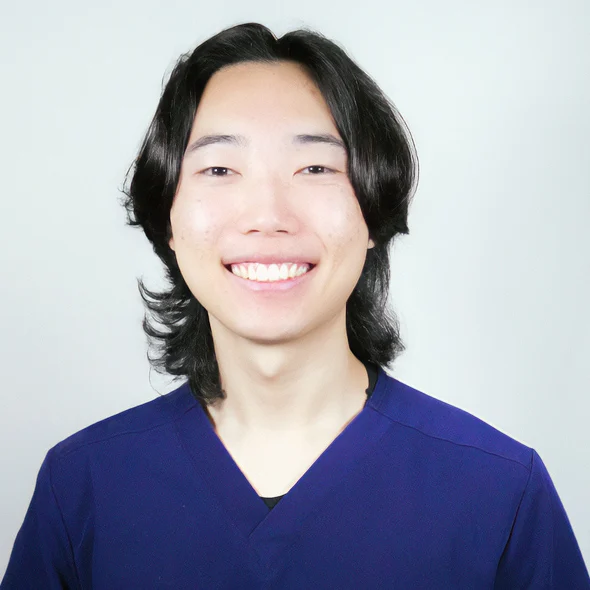Why Haven’t Treatments Worked?
Many people struggle with chronic headaches and migraines despite visiting multiple doctors and trying various medications. If they have explored so many options, why do they still suffer?
The answer is simple: most treatments fail to target the root cause. Medications often mask symptoms rather than resolving the underlying issue. Headaches typically stem from three primary factors:
- Abnormal spinal biomechanics
- Dysfunctional brain pathways
- Food and chemical sensitivities
Addressing these core issues can provide lasting relief.
Spinal Biomechanics and Headaches
Neck alignment plays a crucial role in headache development. Multiple muscles connect the neck and head. When spinal misalignments occur, these muscles tighten, creating tension that triggers headaches. Poor posture, injuries, or repetitive stress can contribute to these misalignments.
Restoring proper neck motion through targeted chiropractic care relaxes these muscles, reducing both headache intensity and frequency. In addition, improving spinal biomechanics enhances blood flow and nerve function, further alleviating symptoms.
Brain Pathways and Headaches
The brain processes sensations from the neck and face through specific neural pathways. When these pathways misfire, they fail to regulate pain signals properly, leading to chronic headaches. Factors such as stress, trauma, or neurological imbalances can disrupt these pathways.
By strengthening these neural circuits through neurorehabilitation techniques, the brain improves its ability to inhibit pain. This can lead to significant reductions in headache frequency and severity. Advanced neurological therapies, including brain exercises and vestibular rehabilitation, may help restore optimal function.
Food and Chemical Sensitivities
Certain foods and chemicals can trigger inflammation in the brain and body. Common culprits include gluten, dairy, artificial sweeteners, and processed foods. When consumed, the immune system may perceive these substances as threats, leading to an inflammatory response. This inflammation increases pain sensitivity, contributing to headaches and migraines.
Eliminating dietary triggers can reduce inflammation and restore overall health. Food sensitivity testing and elimination diets can help identify problematic foods, allowing individuals to make informed choices that prevent headaches.
Finding Lasting Relief
Most conventional treatments focus on symptom management rather than long-term solutions. By addressing spinal biomechanics, optimizing brain function, and managing dietary triggers, individuals can experience lasting relief.
If you suffer from chronic headaches or migraines, consider a comprehensive, root-cause approach. With the right care, relief is possible.
Certain foods and chemicals cause inflammation in the brain and body. When consumed, the immune system treats them as threats, triggering inflammatory responses. This inflammation heightens pain sensitivity, contributing to headaches and migraines.
By identifying and eliminating these triggers, inflammation decreases, and headaches subside.







